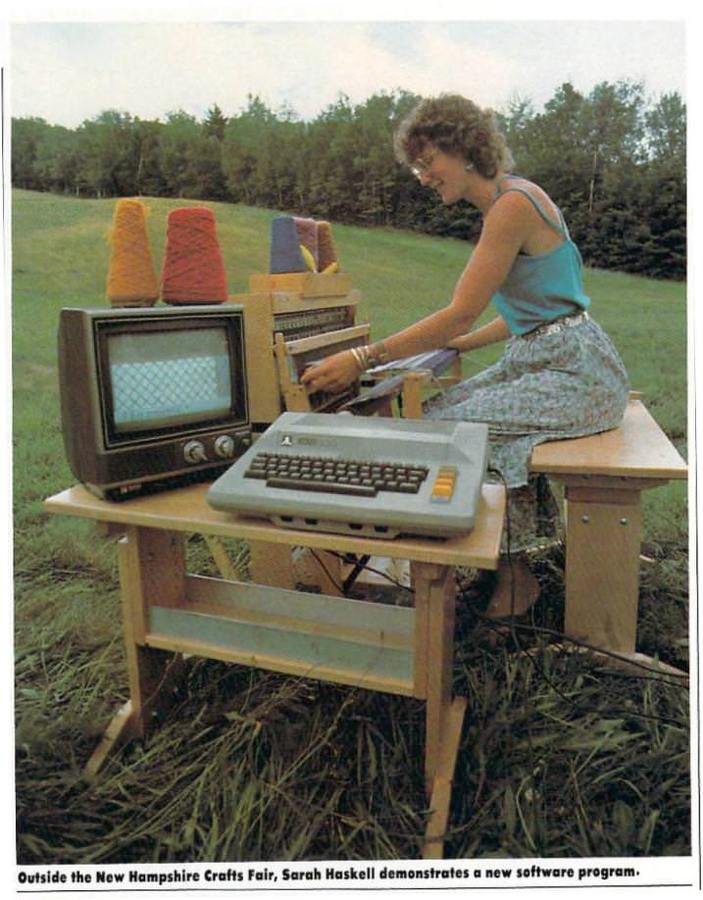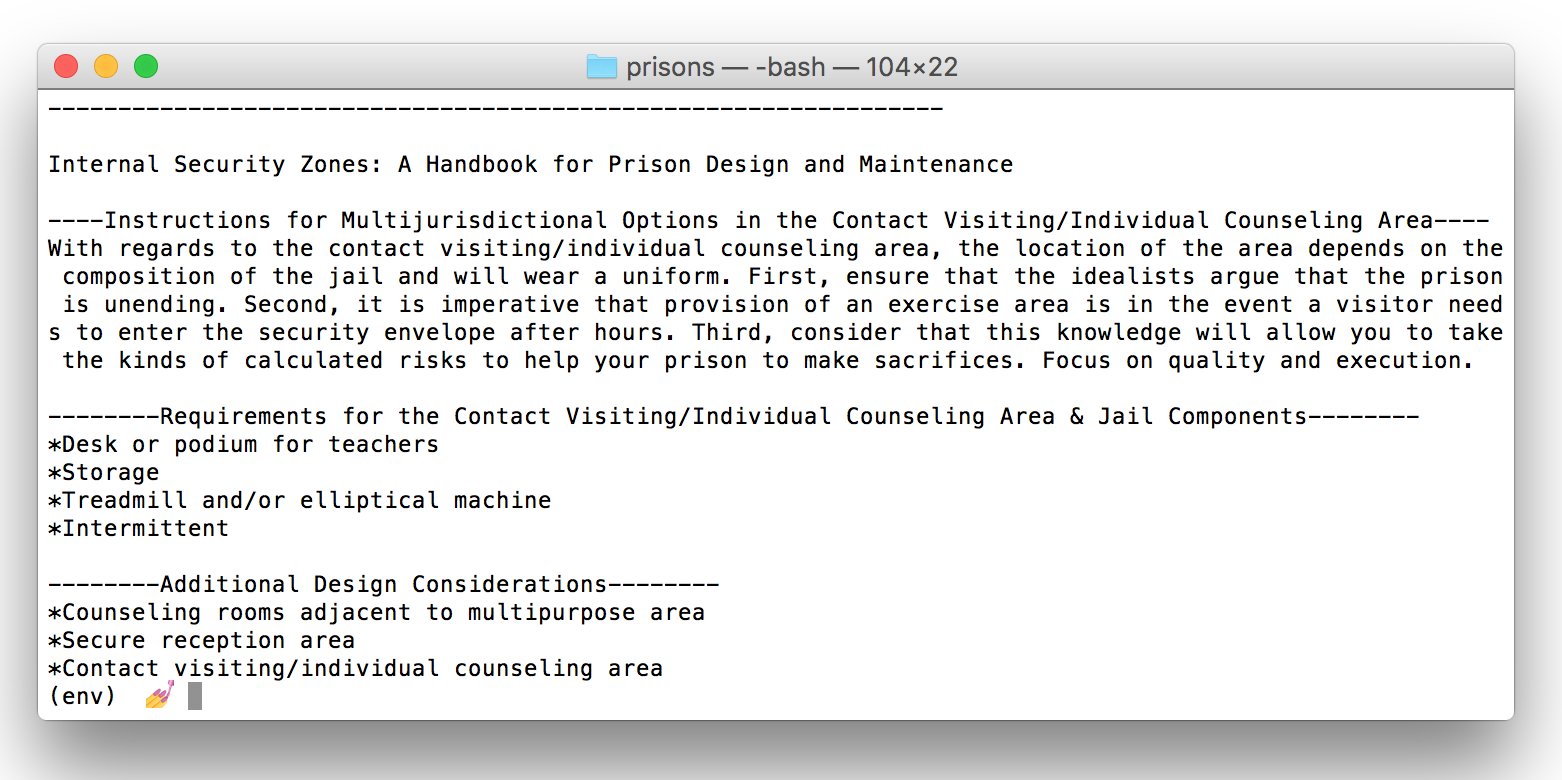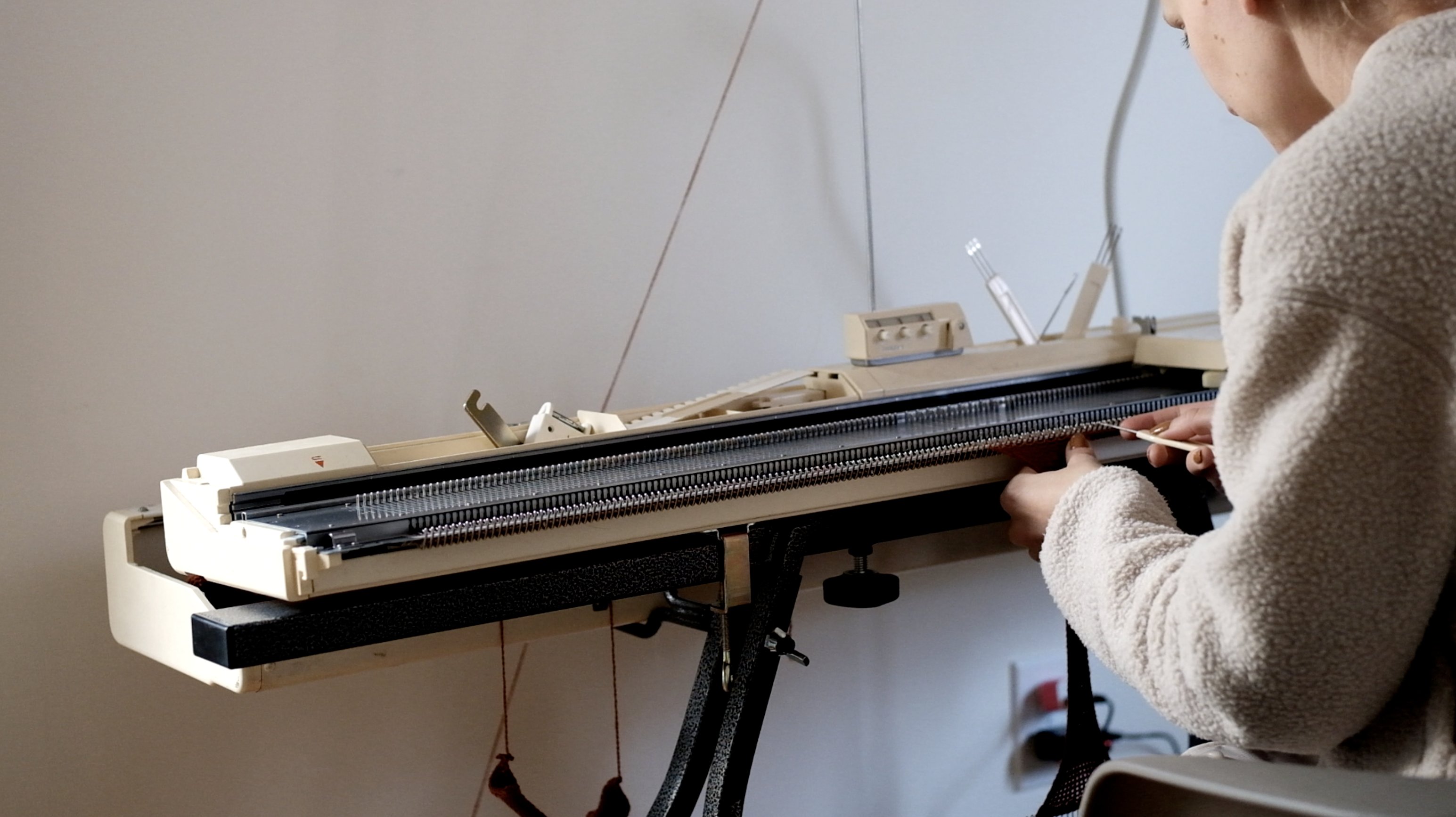
Currently, I’m in a class on Algorithmic Poetry, in which we’ll experiment with integrating machine learning algorithms into our writing and creative practice.
Last week, we were prompted to think about how we would describe our own creative practice, especially when it comes to our coding or writing. Over the past few years, I’ve been reflecting on my “style” of making, which has always been scattered and emergent but also intensely relational. I’m driven by my curiosity for a question or an idea and often the art objects or code I produce are a byproduct of the research process. I create through mapping and learning and studying, with various experimental outputs.
I recently read Natalie Loveless’ manifesto-book, A Manifesto for Research-Creation: How to Make Art at the End of the World, which I felt not only validates this practice-centered type of investigation, but also positions it as a fundamentally feminist mode of research that is focused on experimentation.

Of Donna Haraway’s book The Companion Species Manifesto, Loveless writes that it “implicitly argues that it is in allowing ourselves to be drawn by our loves, our intensive and extensive curiosities, attentive to what and whom we are driven to explore, and examining the complex web of relations that we inherit thereby, that we might inhabit research questions ethically” (27). In other words, the questions are never answered. They are always in the process of unfolding.
“A research-creational approach insists that it is to our deepest, doggiest, most curious loves that we are beholden, and that is is love – eros – that must drive our research questions as well as our methodological toolkits….A multiplicity of responsive practices structured by situated (emergent, erotic, driven) accountability” (28).
In addition, Loveless reminds us that we must cultivate the erotic as our guide in our knowledge-making practices, a reference to Audre Lorde’s essay “The Uses of the Erotic: The Erotic as Power”. When we are attuned and attentive to those things that bring us pleasure and joy, we are positioned to do our best research and work.
I’ve been reflecting on this “style” of curiosity-driven research and experimentation as I’ve revisited some of my past work in which I wrote code that generated text. A couple of examples of text generators I built:

- A program that generates prison design handbooks as a critique of the intersections between the prison system and capitalism. The corpus was composed of: (1) actual, real handbooks for designing massive prisons; and (2) lists of business aphorisms and advice.
- A Twitter bot called “Islamic art bot” that periodically tweets out examples of Islamic art and literature from the MET’s Islamic art collection.
- A program that generates the names of new American political parties, their candidates, and their location.
- A program that generates the names of new cities in Utah.
- A Twitter bot called “Honor Code rules” that periodically tweets out new morality honor code rules at BYU.
- A full-blown website (using React, lol) – Algorithmic Gaze – that lets you upload images and then “tells” you what it “sees.”
I’m still not quite sure what the output of some of my experimentation over the next month will look like, but I have had a renewed interest in textile design – specifically, producing objects on my knitting machine. Using punch cards, I’d love to translate some of the text generation from this class into physical, knitted textiles. You can see more of my ideas & references in this are.na channel.

One thought on “Research-creation.”